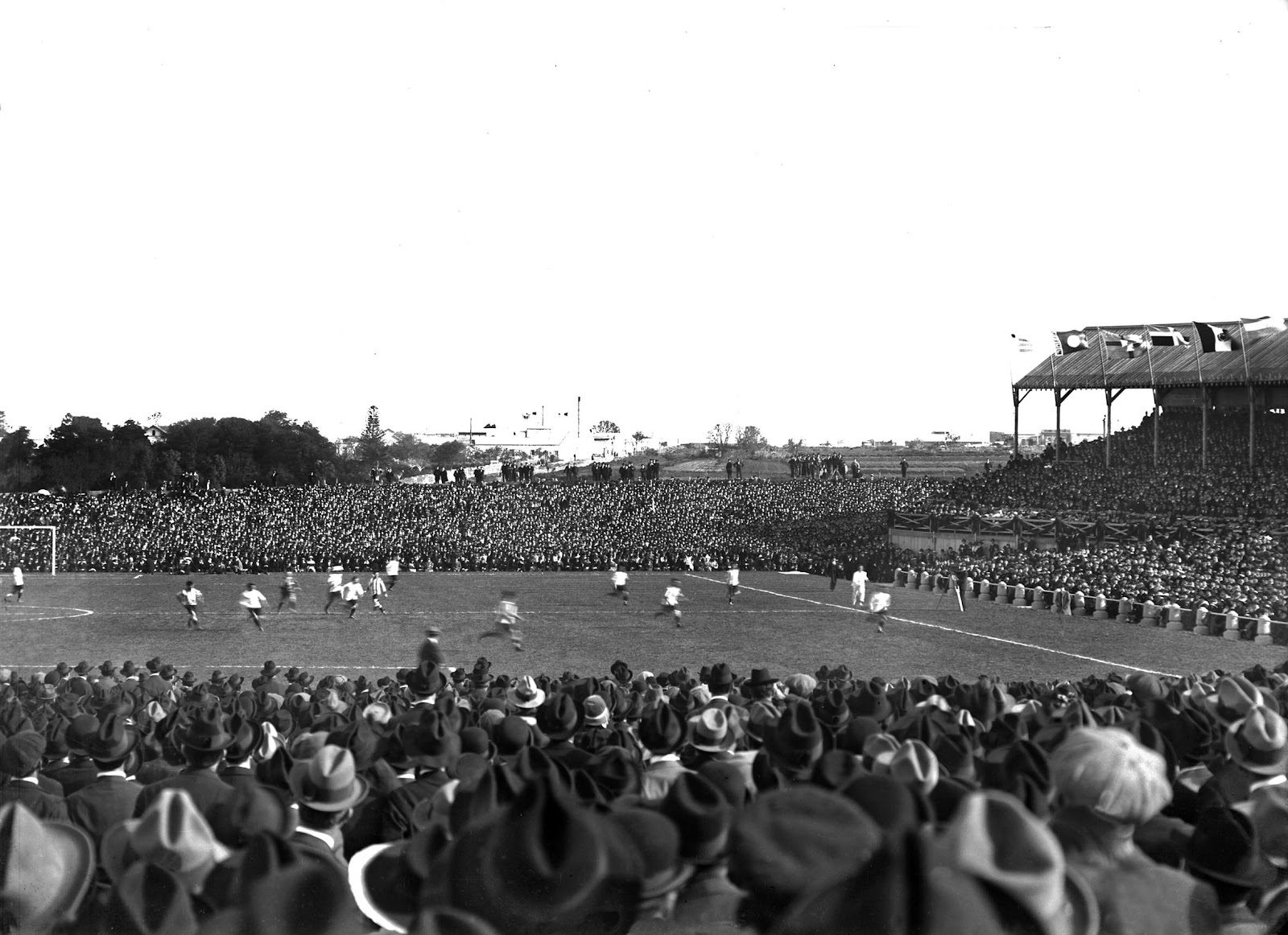Uruguay back-to-back champions in 1917 - Heading to the 2024 CONMEBOL Copa America™️
2023-08-01
- Uruguay clinched their second CONMEBOL Copa América™️ title on home soil.
- The Parque Pereira Stadium in Montevideo hosted all the matches of the continental tournament.
The same teams that had participated in the inaugural tournament a year earlier were present in Montevideo for the second edition – Argentina, Brazil, Chile, and Uruguay, who secured their repeat conquest playing on their home turf. This edition marked the introduction of a trophy, which was acquired from a jewellery shop in Buenos Aires.
The opening match featured the same protagonists as the previous edition, with Uruguay facing off against Chile. It also concluded with an identical outcome, a 4-0 victory in favour of the ‘Charrúas’. The final standings of the tournament also mirrored those of 1916: Uruguay in the top position, Argentina in second, Brazil in third, and Chile in fourth.
The Parque Pereira Stadium had a turnout of 40,000 spectators in the grand final between Uruguay and Argentina, setting an attendance record that was only surpassed in the 1929 edition.
The decisive encounter between Uruguay and Argentina took place on October 14th, culminating in a 1-0 triumph for the ‘Celeste’. The game-changing goal was scored by Héctor Scarone, who, eleven years later, would find the back of the net to secure Uruguay the gold medal at the 1928 Amsterdam Olympics against the same rivals.
Uruguayan Cayetano Saporiti became the first goalkeeper to maintain a clean sheet throughout the tournament. However, Saporiti did not play in the final 20 minutes of the match against Argentina. He was substituted by defender Manuel Varela after colliding with Argentine striker Alfredo Marin.
Marín wanted to leave the field so that they could continue with ten players on each side, but Uruguayan captain Jorge Pacheco understood that the collision had been accidental and convinced him to stay in the game.
An interesting detail in this edition of the tournament is that Luis Alberto Garcia from Chile scored the first own goal in the history of the competition during the match against Argentina.
In the 6 games played, a total of 21 goals were scored, averaging 3.5 goals per game. Among these, 4 were converted by Uruguay’s Ángel Romano, making him the tournament’s top scorer.



